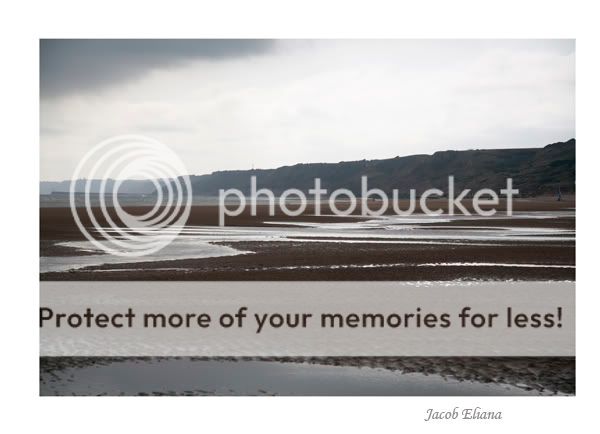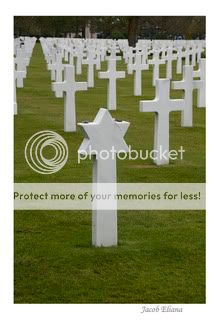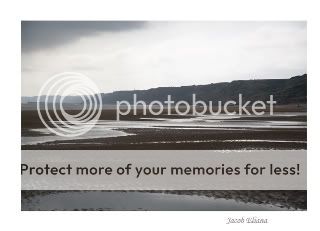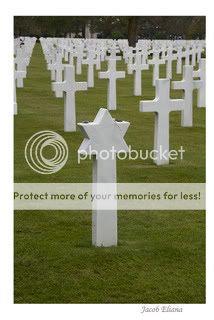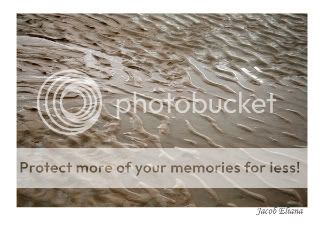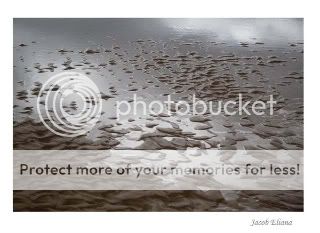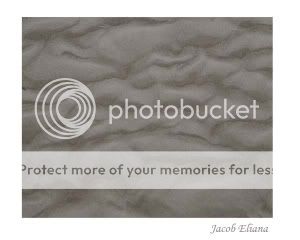Rachel Foster
New member
I find this sort of "abstract" fascinating, but I suspect it's an idiosyncratic taste. My question here is does this appeal to anyone else? Honest opinions will help me decide if I should keep this in my "private collection" or make it public. Also, if anyone sees anything at all interesting in this, it would be helpful to me to know what elements are worthwhile and which are not. Of course, as always, comments and critiques are most welcome.
ISO 100, f/5.6, 1/400.
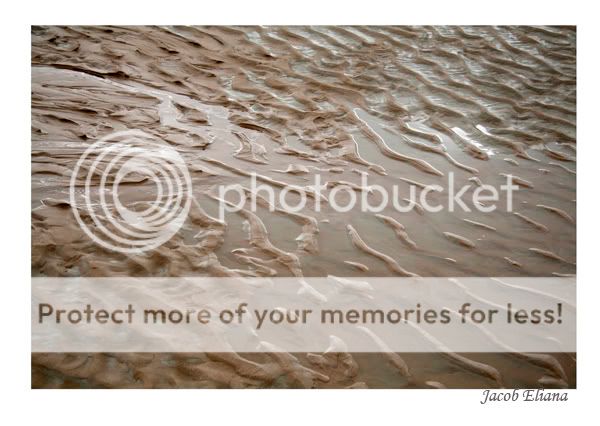
Omaha Beach: Jacob Eliana
I have debated on whether I should mention that when I viewed this, I was aware of how it might have looked on the day of the Allied invasion in 1945. I imagined the water in this image replaced by the blood of soldiers decades ago.
ISO 100, f/5.6, 1/400.

Omaha Beach: Jacob Eliana
I have debated on whether I should mention that when I viewed this, I was aware of how it might have looked on the day of the Allied invasion in 1945. I imagined the water in this image replaced by the blood of soldiers decades ago.

